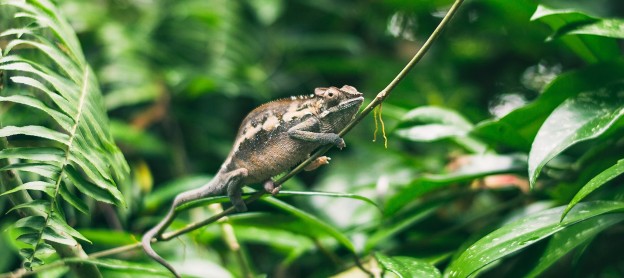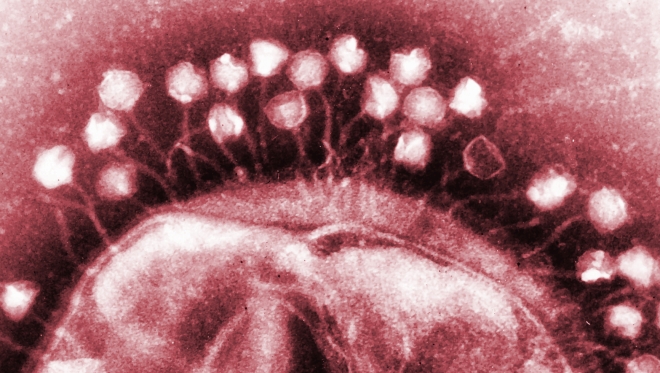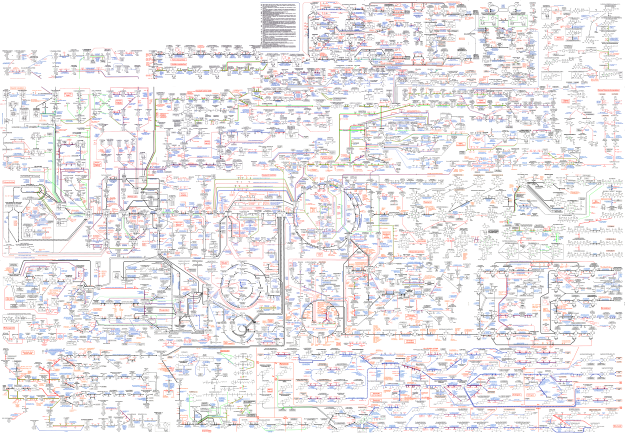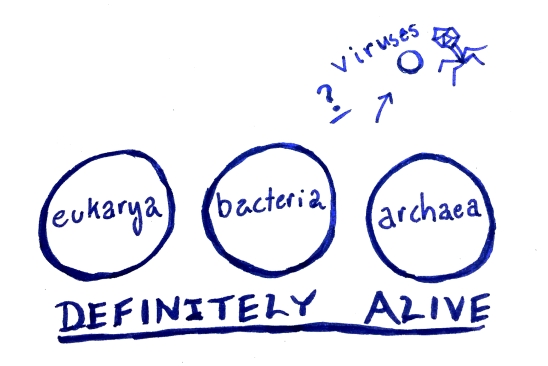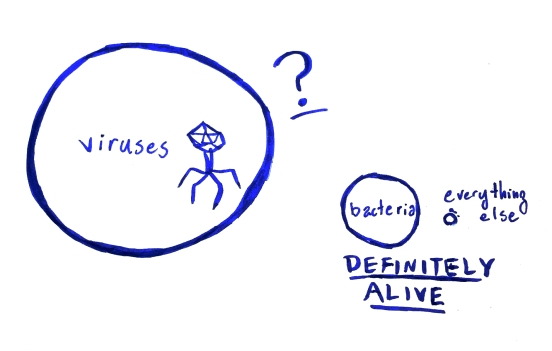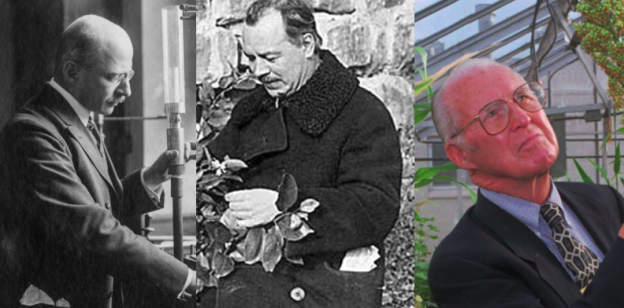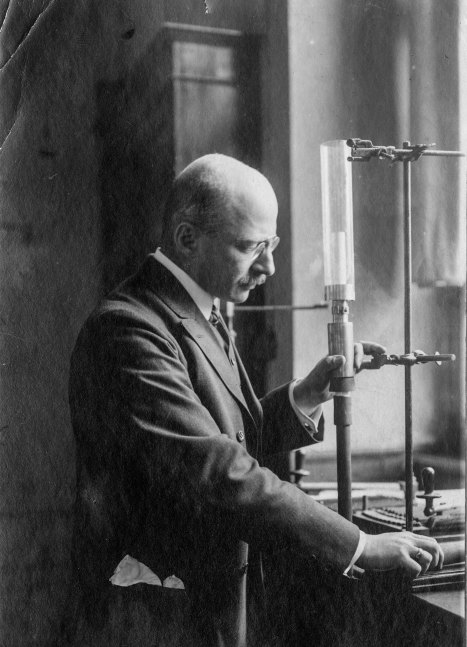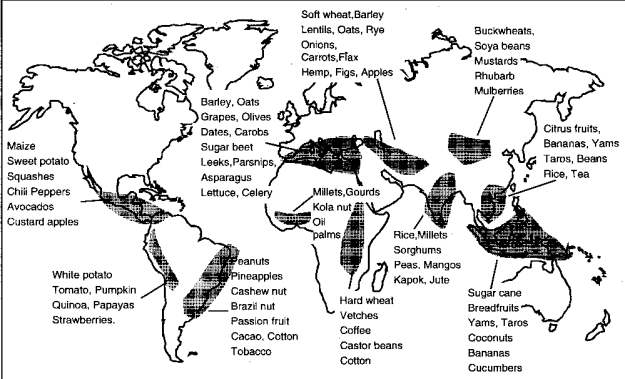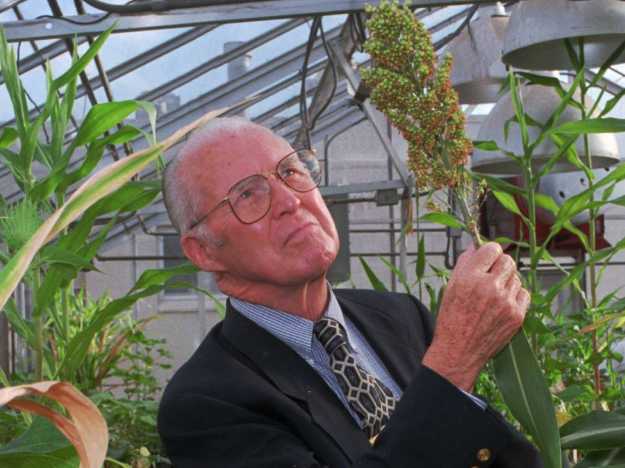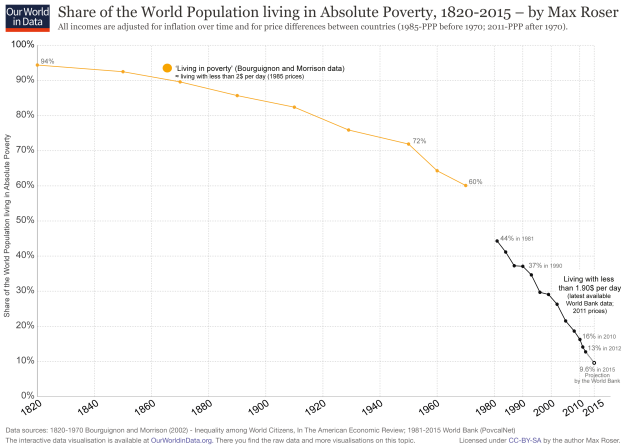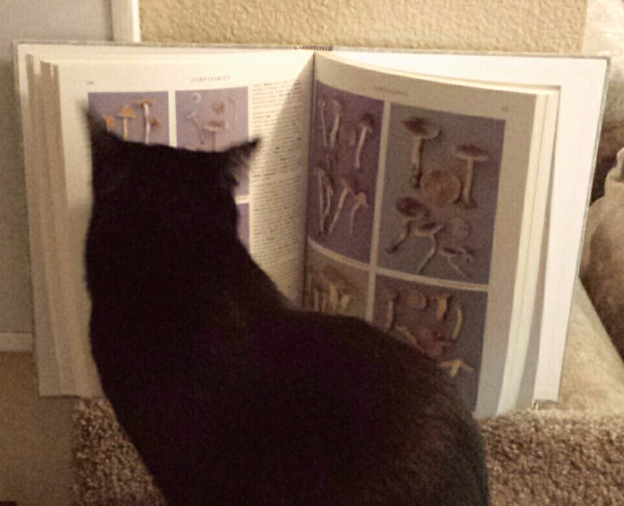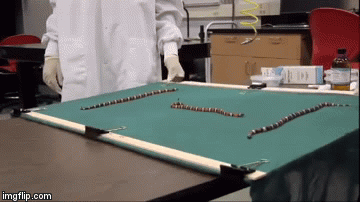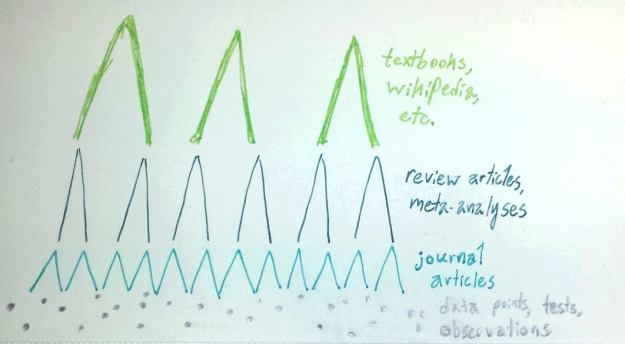Epistemic status: Not very confident in my conclusions here. Could be missing big things. Information gained through many hours of reading about somewhat-related topics, and a small few hours of direct research.
Summary: Biodiversity research is popular, but interpretations of it are probably flawed, in that they’re liable to confuse causation and correlation. Biodiversity can be associated with lots of variables that are rarely studied themselves, and one of these, not “biodiversity” in general, might cause an effect. (For example, more biodiverse ecosystems are more likely to include a particular species that has significant effects on its own.) I think “biodiversity” is likely overstudied compared to abundance, biomass, etc., because it’s A) easier to measure and B) holds special and perhaps undue moral consideration.
From what I was told, biodiversity – the number of species present in an environment – always seemed to be kind of magical. Biodiverse ecosystems are more productive, more stable over time, produce higher crop yields, and are more resistant to parasites and invaders. Having biodiversity in one place increases diversity in nearby places, even though diversity isn’t even one thing (forgive me for losing my citation here). Biodiverse microbiomes are healthier for humans. Biodiversity is itself the most important metric of ecosystem health. The property “having a suite of different organisms living in the same place” just seems to have really incredible effects.
First of all – quickly – some of what I was told isn’t actually true. More diverse microbiomes in bodies aren’t always healthier for humans or more stable. The effects of losing species in ecosystems varies a ton. More biodiverse ecosystems don’t necessarily produce more biomass.
That said, there’s still plenty of evidence that biodiversity correlates with something.
But: biodiversity research and its interpretations have problems. Huston (1997) introduced me to a few very concrete ways this can turn up misleading or downright inaccurate results.
Our knowledge about biodiversity’s effects on ecosystems comes from either experiments, in which biodiversity is manipulated in a controlled setting; or in observations of existing ecosystems. Huston identifies a few ways that these have, historically, given us bad or misleading data:
- Biotic or abiotic conditions, either in observations or experiments, are altered between groups. (E.g. you pick some sites to study that are less and more biodiverse, but the more-biodiverse sites are that way because they get more rainfall – which obviously is going to have other impacts)
- Species representing the “additional biodiversity” in experiments aren’t chosen randomly, they’re known to have some ecosystem function.
- Increasing the number of species increases the chance that one or a few of the added species will have some notable ecosystem effect on their own.
I’m really concerned about (3).
To show why, let’s imagine aliens who come to earth and want to study how humans work. They abduct random humans from across the world and put them in groups of various sizes.
Building walls
The aliens notice that the human civilizations have walls. They give their groups of abducted humans blocks and instruct them to build simple walls.
It turns out that larger groups of humans can build, on average, proportionally longer walls. The aliens conclude that wall-building is a property of larger groups of humans.
Building radios
The aliens also notice that human civilizations have radios. They give their groups of abducted humans spare electronic parts, and instruct them to build a radio.
Once again, it turns out that larger groups of humans are proportionally more likely to be able to build a radio. The aliens conclude that radio-building, too, is a property of large groups of humans.
The mistake the aliens are making is in assuming that wall- and radio-building are functions of “the number of humans you have in one place”. More people can build a longer simple wall, because there’s more hands to lift and help. But when it comes to building radios, a larger group just increases the chance that at least one human in the group will be an engineer.
To the aliens, who don’t know about engineers, “number of humans” kind of relates to the thing they’re interested in – they will notice a correlation – but they’re making a mistake by just waving their hands and saying that mostly only large groups of humans possess the intelligence needed to build a radio, perhaps some sort of hivemind.
Similarly, we’d make a mistake by looking at all the strange things that happen in diverse ecosystems, and saying that these are a magical effect that appears whenever you get large numbers of different plants in the same field. I wonder how often we notice that something correlates with “biodiversity” and completely miss the actual mechanism.
Aside from a specific species or couple of species in combination that have a particular powerful effect on ecosystems, what else might biodiversity correlate to that’s more directly relevant? How about abundance (the number of certain organisms of some kind present)? Or biomass (the combined weight of organisms)? Or environmental conditions, like the input of energy? Or the amount of biomass turnover, or the amount of predation, etc., etc.?
I started wondering about this while doing one of my several projects that relate to abundance in nature. We should still study biodiversity, sure. But the degree to which biodiversity has been studied compared to, say, abundance, has lead us to a world where we know there are 6,399 species of mammals, but nobody has any idea – even very roughly – how many mammals there are. Or how we’re pretty sure that there are about 7.7 million species of animals, plus or minus a few hundred thousand, which is a refinement of many previous estimates of the same thing – and then we have about two people (one of whom is wildly underqualified) trying to figure out how many animals there are at all.
It’s improving. A lot of recent work focuses on functional biodiversity. This is the diversity of properties of organisms in an environment. Instead of just recording the number of algae species in a coastal marine shelf, you might notice that some algae crusts on rocks, some forms a tall canopy, some forms a low canopy, and some grows as a mat. It’s a way of separating organisms into niches and into their interactions with the environment.
Functional diversity seems to better describe ecosystem effects than diversity alone (as described e.g. here). That said, it still leaves the door open for (3) – looking at functional diversity means you must know something about the ecosystem, but it’s not enough to tell you what’s causing the effect in and of itself.
To illustrate why:
Every species has some functional properties that separate it from other species – some different interactions, some different niche or physical properties, etc. We can imagine increasing biodiversity, then, as “a big pile of random variables.”
It turns out that when you start with a certain environment and slowly add or remove “a big pile of random variables”, that changes the environment’s properties. Who would have thought?
So is biodiversity instrumentally relevant to humans?
- There are sometimes solid explanations for why biodiversity itself might be relevant to ecosystems, e.g. the increased selection for species complementary over time theory.
- Biodiversity probably correlates to the things that studies claim it correlates to, including the ones that find significant environmental effects. I just claim that often, biodiversity is plausibly falsely described as the controlling variable rather than one of its correlates. (That said, there are reasons we might expect people to overstate its benefits – read on.)
If this is true, and biodiversity itself isn’t the driving force we make it out to be, why does everyone study it?
Firstly, I think biodiversity is easier to measure than, say, individual properties, or abundance. Looking at the individual properties and traits of each species in the environment is its whole own science, specific to that particular species and that particular environment. It would be a ridiculous amount of work.
But when we try to get the measure of an ecosystem without this really deep knowledge, we turn into the alien scientists – replacing a precise and intricate interaction with a separate but easier-to-measure variable that sort of corresponds with the real one.
What about studying one of the other ecosystem properties, like abundance? I’m guessing that in the modern research environment, you’d basically have to be collecting biodiversity data anyways.
Researcher: We found 255 beetles in this quadrant!
PI: What kind?
Researcher: You know. Beetles.
…And if you’re identifying everything you find in an environment anyways, it’s easier to just keep track of how many different things you find, rather than do that plus exhaustively search for every individual.
This is just speculation, though.
Secondly, a lot of people believe that species and ecosystems are a special moral unit (independent of any effects or benefits they might have on humans). That’s why people worry about losing the parasites of endangered species, or wonder if we shouldn’t damage biodiversity by eradicating diseases.
And… it’s hard to explain why this seems wrong to me, but I’ll try. I get it. Environmentalism is compelling and widespread. It was the background radiation of virtually almost every interaction with nature I had growing up. It was taken for granted that every drop of biodiversity was a jewel with value beyond measure, that endangered species were inherently worth going to great lengths to protect and preserve, that ecosystems are precariously balanced configurations that should be defended as much as possible from encroachment by humans. Under this lens, of course the number of species present is the default measurement – the more biodiversity preserved from human destruction, the more intricate and elaborate the ecosystem (introduced species excepted), the better.
And… doesn’t that seem a little limited? Doesn’t that seem like a sort of arbitrary way to look at huge parts of the world we live in? It’s not worth throwing out, but perhaps it deserves a little questioning. Where else could we draw the moral lines?
Personally, I realized my morality required me to treat animals as moral patients. This started with animals directly used by humans, but then got me re-examining the wild animals I’d been so fond of for so long.
Currently, I put individual animals and species in mostly-separated mental buckets. A species, a particular pattern instantiated by evolution acting on rocks and water over time, is important – but it’s important because it’s beautiful, like a fantastic painting made over decades by a long-dead artist. We value aesthetics, and interpretations, and certainly the world would be worse off without a piece of beauty like this one.
But an individual matters morally because it feels. It cares, it thinks, it feels joy, it suffers. We know because we are one, and because the same circuits and incentives that run in our brains also run in the brains of the cats, chickens, songbirds, insects, earthworms, whale sharks, and bristlemouths that we share this lonely earth with.
We might say that a species “suffers” or “is in pain”, the same way that a city “is in pain”, and we might mean several different things by that. We might say many of the individuals in the collective suffer. Or we might mean that the species is degraded somehow the way art is degraded – lessened in quantity, less likely to survive into the future, changing rapidly, etc. But it seems like a stretch to call that pain, in the way that being eaten alive is pain.
Obviously, at some point, you have to make trade-offs over what you care about. I don’t have my answers worked out yet, but for now, I put a lot more value on the welfare of individual animals than I used to, and I care less about species.
I don’t expect this viewpoint to become widespread any time soon. But I think it’s possible that the important things in nature aren’t the ones we’ve expected, and that under other values, properties like abundance and interactions deserve much more attention (compared to biodiversity) than they have now.
This blog has a Patreon. If you like what you’ve read, consider giving it your support so I can make more of it.

